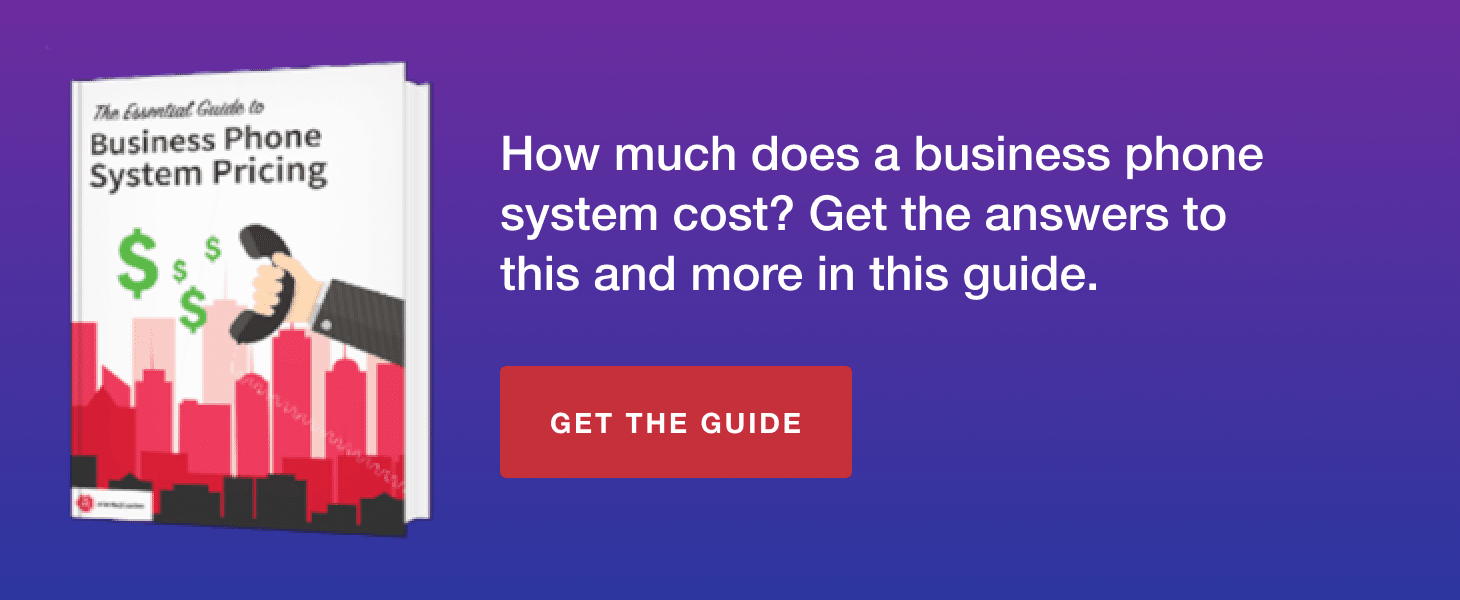How To Decipher Your Business Phone Bill: 8 Things to Look For

Is your business telephone bill incredibly confusing to read and reconcile? A lot of people come to us frustrated because they don't even know what they are paying for every month. They can't even tell how many phone lines they have by looking at their bill! And... it's not their fault. Some phone service vendors makes the bill so hard to read that there is a cottage industry of companies who's service is to go over your phone bill and tell you what you're paying for! We're going to help you decode your phone bills so you can get a better understanding what you pay for, and if you are overpaying for your business phone service.
How To Understand Your Phone Bill
Providers of telephony services to residential and business customers face fewer regulatory standards in listing bills than other industries. When compounded with the fact that business phone system management is already complicated for organizations of nearly any size, the result can be a monthly phone bill that's comparable to tax forms or may as well be written in another language.
While switching to voice over IP (VoIP), phone services can significantly simplify your phone system management; we've compiled some basic insight into what to look for on a phone bill. In this blog, you'll learn the essential components of your monthly bill and other factors that can influence your total due each month.
1. Primary Sections
Typically, every bill you receive from a phone vendor should include the following sections:
- Remittance Information: Your vendor's business name, address, and your name and address. This section of your bill may be perforated, so it can be removed and mailed in with your payment if your do not pay your bill online each month.
- Statement Information: Your company's name and business contact information, your account number, the total amount due, and your due date are typically listed here in this section, which may resemble a data table. If your organization has any past-due charges, they will also be included in this quick overview.
- Summary of Account: This section of your bill is typically what leads consumers to confusion. It lists a detailed overview of your charges, which may be itemized according to the types of services you purchase.
- Customer Messages: Any necessary information regarding your vendor's other services, updates to your service, and other need-to-know information is listed in this fourth and final section of a typical phone bill.
2. Total Lines
Your vendor may or may not detail the total number of lines that your organization pays for each month in the "summary of account" section of your bill. If you have upgraded or changed phone lines, a number will be listed under a section titled "changes to service" or something similar. However, this isn't reflective of the number of phone lines that haven't been modified in the month you are being billed for.
While language can vary according to phone vendor, the easiest way to determine how many lines you're being billed for is to divide the "total line charge" by the "single line charge," which is listed under the "basic services" section of your summary of account information.
3. Type of Phone Service
One of the biggest components that affects your phone bill and how your company is charged each month for basic services and add-ons is the kind of phone lines used. The type of phone service is a primary factor in how your bill is itemized, fluctuations you may experience each month in pricing, and whether additional services like SMS are included. This information should be listed in your "summary of account." The primary types of phone lines include PRI, Analog, SIP and POTs lines, which are defined below:
- PRI, or primary rate interface, is a telecommunications standard used on an integrated services digital network (ISDN) for the transmission of voice calls and data.
- Analog phone lines consist of voice or fax transmissions in the form of electrical systems transmitted over copper wire through a public switched telephone network (PTSN). This may also be referred to by telecommunications professionals as POTS, which stands for "plain old telephones."
- SIP, or session internet protocol, delivers communications via VoIP for customers with a private branch exchange (PBX).
4. Toll-Free Service Charges
Understanding your phone vendor's definition of basic services versus add-on features is critical to understanding your phone bill. If toll-free is a component of their basic services, it will be listed under line charges. This applies to any other types of service that may or may not be included in your vendor's basic agreement:
- Caller ID
- Call Waiting
- Call Forwarding
- Three Way Calling
If your basic agreement does not include toll-free, these calls should be itemized on a per-call or per-minute basis or summarized into a total number of calls or minutes.
5. Local Calling
While local calling is often included as a basic phone service, some agreements dictate that organizations pay this fee on a per-call or per-minute basis. If your phone bill fluctuates based on local calling, it's important to understand whether your organization is paying per call or according to the total time used.
If you are being billed for local calling, there should be a "local section" listed under the summary of your account. Your local charges may be itemized by phone line and phone call, or presented as a total per company. Your bill should include the total charges per call, such as "$0.03/minute" or "$0.09/call", allowing you to understand how much local calling has been performed if you divide the total by your agreed-upon rate.
6. Long Distance Calling
With many traditional phone companies, long distance calling is not a component of basic phone service, though agreements can vary significantly. Much like local calling, long distance should have a separate section under the summary of your account section of your bill. If your long distance calling is not itemized on a per-call or per-line basis, understanding the total number of minutes or calls made will require dividing the total charges by the stated fee per minute or call.
7. Call Itemization
Depending on your service level agreement (SLA) or contract with your phone bill, all of your calls may or may not be itemized. In some cases, only long-distance or international calling is itemized because it may be charged on a per-minute basis while unlimited local calling is included in the basic monthly service.
If your phone agreement covers local or long-distance calling, these charges are likely not itemized and may be listed towards the topic of your bill as flat, recurring charges.
8. Taxes
Some vendors choose to itemize taxes on each bill that will typically be listed as "surcharges and taxes." These taxes may be listed as a total at the end of the "summary of service" section, or they may be listed under each type of charges on your bill. The taxes due should be reflective of your local sales tax rates.
Understanding Your Phone Bill
Considerable variation in business contracts and the way major phone vendors itemize their bills can lead to serious confusion on a monthly basis. By understanding the type of phone service that powers your business and how optional and add-on services are itemized, you can begin to reconcile your monthly charges.
If your bill is proving to be a massive headache on a consistent basis, switching to Atlantech Online can significantly simplify your billing process. We pride ourselves on providing an easy to read phone bill and our customers rave about it. Call us today and we can provide you with a sample of our invoices or even refer you to customers directly so you can hear about it directly from them.


